From inside (document excerpt):
58MTA Deluxe 4Way Multipoise 2-Stage Direct Vent Condensing Gas Furnace Visit www.carrier.com Installation, Start-up, and Operating Instructions Sizes 060-120, Series 120 NOTE: Read the entire instruction manual before starting the installation. This symbol indicates a change since the last issue. Bottom Closure Panel .19 Gas Piping .19 Electrical Connections 20 115-V Wiring .20 24-V Wiring .22 Accessories 22 Direct Venting .23 Removal of Existing Furnaces from Common Vent Systems 23 Combustion-Air and Vent Piping .23 Concentric Vent and Combustion-Air Termination Kit Installation .30 Multiventing and Vent Terminations 34 Condensate Drain 34 General .34 Application .35 Condensation Drain Protection .35 START-UP ADJUSTMENT AND SAFETY CHECK 35 General 35 Prime Condensate Trap With Water 35 Purge Gas Lines 35 Sequence of Operation 37 Two-Stage Heating With Single-Stage Thermostat (Adaptive Mode) 38 Two-Stage Heating With Two-Stage Thermostat (Non-Adaptive Heating Mode) .39 Cooling Mode 39 Thermidistat Mode 42 Continuous Blower Mode .42 Heat Pump .43 Component Self-Test .43 Operate Furnace .43 Furnace Restart 43 Adjustments .43 Set Gas Input Rate 43 Set Temperature Rise 48 Adjust Blower Off Delay (Heat Mode) 49 Set Thermostat Heat Anticipator 49 Check Safety Controls 50 Checklist 50 A93040 TABLE OF CONTENTS SAFETY CONSIDERATIONS .1 INTRODUCTION 2 CODES AND STANDARDS 3 Safety .3 General Installation .3 Combustion and Ventilation Air 3 Duct Systems 3 Acoustical Lining and Fibrous Glass Duct 3 Gas Piping and Gas Pipe Pressure Testing 3 Electrical Connections 3 ELECTROSTATIC DISCHARGE (ESD) PRECAUTIONS 3 APPLICATIONS 6 General 6 Upflow Applications .6 Downflow Applications 8 Horizontal Left (Supply-Air Discharge) Applications 10 Horizontal Right (Supply-Air Discharge) Applications 12 LOCATION 13 General 13 Furnace Location Relative to Cooling Equipment .14 Hazardous Locations .14 INSTALLATION .14 Leveling Legs (If Desired) .14 Installation in Upflow and Downflow Applications 15 Installation in Horizontal Applications 17 Air Ducts .17 General Requirements .17 Ductwork Acoustical Treatment .18 Supply Air Connections 18 Return Air Connections .18 Filter Arrangement 18 SAFETY CONSIDERATIONS FURNACE RELIABILITY HAZARD Improper installation or misapplication of furnace may require excessive servicing or cause premature component failure.
Application of this furnace should be indoors with special attention given to vent sizing and material, gas input rate, air temperature rise, unit leveling, and unit sizing. Manufacturer reserves the right to discontinue, or change at any time, specifications or designs without notice and without incurring obligations. Book 1 4 PC 101 Catalog No. 53580155 Printed in U.S.A. Form 58MTA-8SI Pg 1 3-05 Replaces: 58MTA-7SI Tab 6a 8a AIRFLOW UPFLOW HORIZONTAL LEFT DOWNFLOW AIRFLOW HORIZONTAL RIGHT AIRFLOW AIRFLOW A93041 FIRE, EXPLOSION, ELECTRICAL SHOCK AND CARBON MONOXIDE POISONING HAZARD Failure to follow this warning could result in electrical shock, fire, personal injury, or death. Improper installation, adjustment, alteration, service, maintenance, or use can cause carbon monoxide poisoning, explosion, fire, electrical shock, or other conditions which may cause personal injury or property damage. Consult a qualified installer, service agency, local gas supplier, or your distributor or branch for information or assistance. The qualified installer or agency must use only factory-authorized and listed kits or accessories when modifying this product. Installing and servicing heating equipment can be hazardous due to gas and electrical components. Only trained and qualified personnel should install, repair, or service heating equipment. Untrained personnel can perform basic maintenance functions such as cleaning and replacing air filters. All other operations must be performed by trained service personnel. When working on heating equipment, observe precautions in literature, on tags, and on labels attached to or shipped with unit and other safety precautions that may apply. These instructions cover the minimum requirements and conform to existing national standards and safety codes. In some instances, these instructions exceed certain local codes and ordinances, especially those that may not have kept up with changing residential construction practices. We require these instructions as a minimum for a safe installation. Wear safety glasses and work gloves.


 Carrier Owners Manual - Enlarge page 1 of 52
Carrier Owners Manual - Enlarge page 1 of 52 2 of 52
2 of 52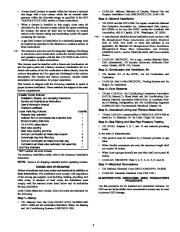 3 of 52
3 of 52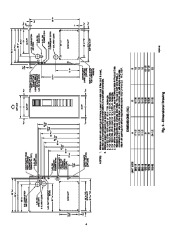 4 of 52
4 of 52 5 of 52
5 of 52 6 of 52
6 of 52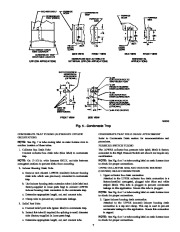 7 of 52
7 of 52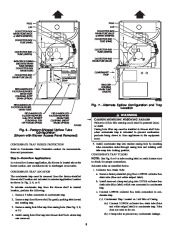 8 of 52
8 of 52 9 of 52
9 of 52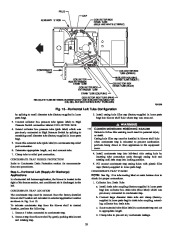 10 of 52
10 of 52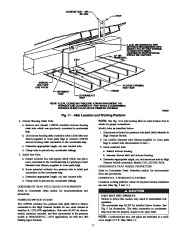 11 of 52
11 of 52 12 of 52
12 of 52 13 of 52
13 of 52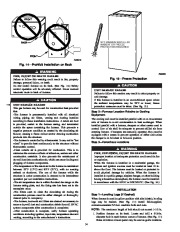 14 of 52
14 of 52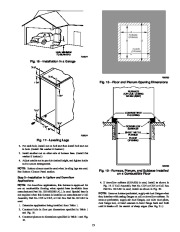 15 of 52
15 of 52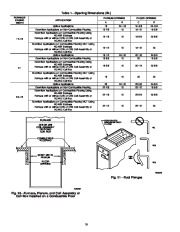 16 of 52
16 of 52 17 of 52
17 of 52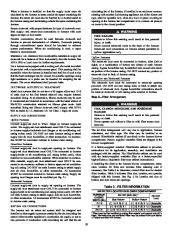 18 of 52
18 of 52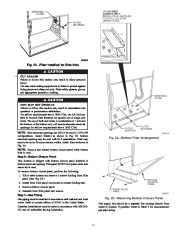 19 of 52
19 of 52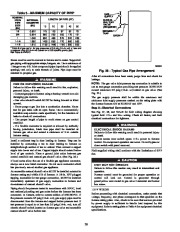 20 of 52
20 of 52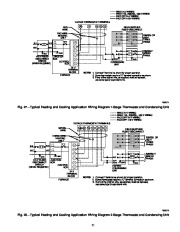 21 of 52
21 of 52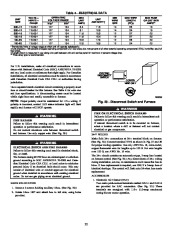 22 of 52
22 of 52 23 of 52
23 of 52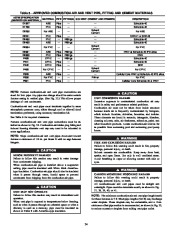 24 of 52
24 of 52 25 of 52
25 of 52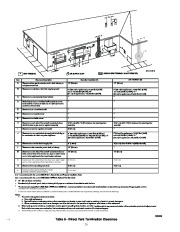 26 of 52
26 of 52 27 of 52
27 of 52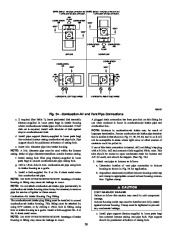 28 of 52
28 of 52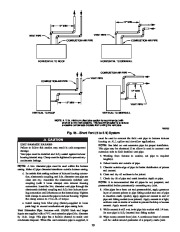 29 of 52
29 of 52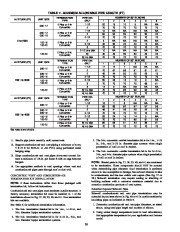 30 of 52
30 of 52 31 of 52
31 of 52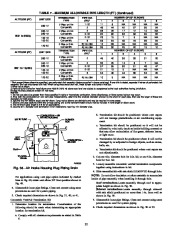 32 of 52
32 of 52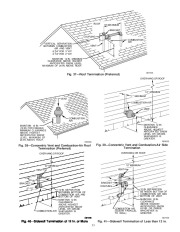 33 of 52
33 of 52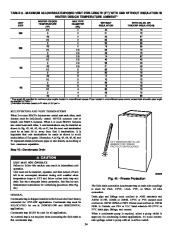 34 of 52
34 of 52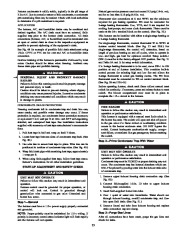 35 of 52
35 of 52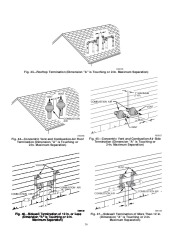 36 of 52
36 of 52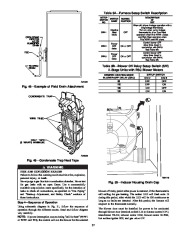 37 of 52
37 of 52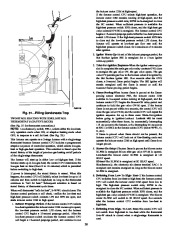 38 of 52
38 of 52 39 of 52
39 of 52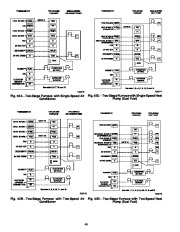 40 of 52
40 of 52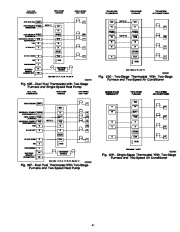 41 of 52
41 of 52 42 of 52
42 of 52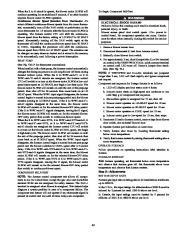 43 of 52
43 of 52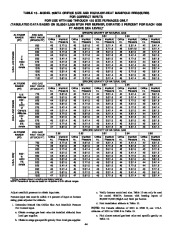 44 of 52
44 of 52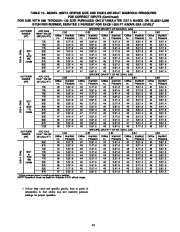 45 of 52
45 of 52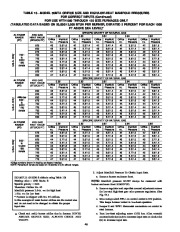 46 of 52
46 of 52 47 of 52
47 of 52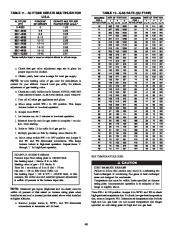 48 of 52
48 of 52 49 of 52
49 of 52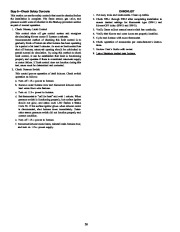 50 of 52
50 of 52